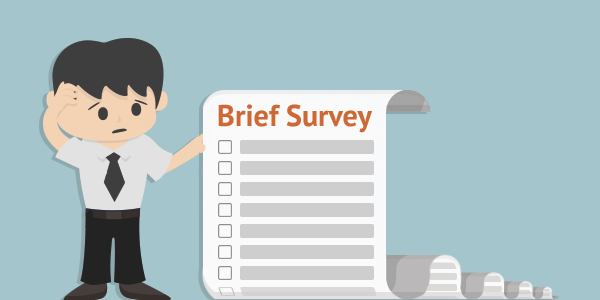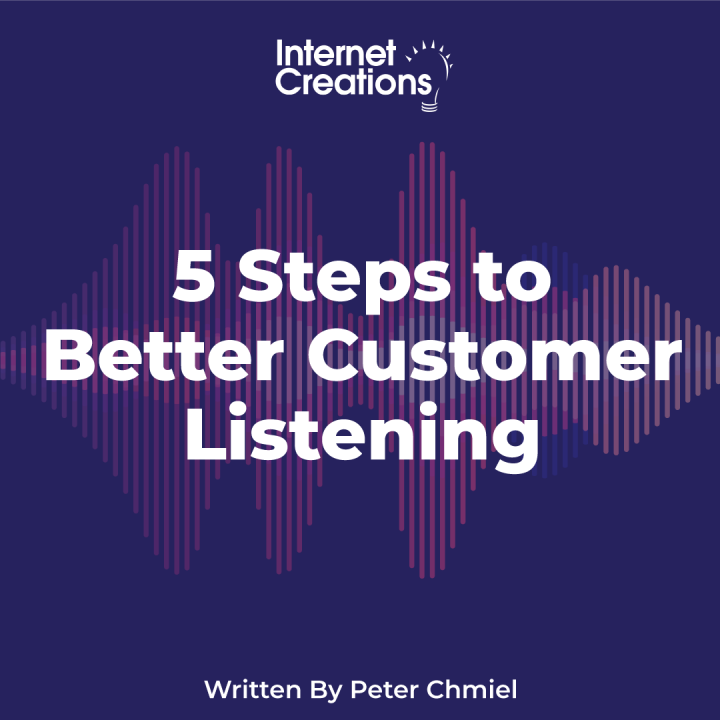To Avoid Survey Fatigue, Survey Others as You Would Have Them Survey You

How many times have you been asked to complete a “brief” customer satisfaction survey, only to be presented with a 20-minute-long exam? It often feels like every phone call, every purchase, every click of your mouse is followed by a request to complete a survey.
Regardless of how beneficial surveys can be, if you are not surveying smart, you will have a negative impact on your customers, greatly reducing the quality and amount of survey responses you receive. When you ask too much, and ask too often, your respondents will burn out. They will simply have no time for the number of surveys they receive and how long it takes to complete them. This reaction is known as survey fatigue.
Surveying too often leads to survey fatigue. It leaves your respondents thinking, “There is no way anyone is going to take the time to read all of this feedback, so why should I waste my time giving it?” The result? Lower response rates, survey abandonment, and a deterioration in the quality of responses provided.
Wondering what you can do to avoid survey fatigue? Start with these best practices.
1. Don’t over-survey.
Make sure your respondents don’t get tired of seeing your survey requests. Over-surveying can cause your surveys to be considered spam, and will be deleted before they are even opened – reducing your response rates. Our rule at Internet Creations: Don’t survey the same person more than once every 14 days.
2. Keep your surveys short.
The more questions you ask, the less likely recipients who start your survey will complete it. Those that do not abandon your survey will likely select random or easy choices (sometimes selecting the same option across many questions). Rather than take the time to give answers that are accurate and meaningful, they will finish the survey as fast as possible. This makes the data unreliable.
3. Make your surveys mobile friendly.
According to Litmus, over 53% of emails are opened on a mobile device. Everyone is on the go. If you want higher response rates, your surveys must be able to go with them. If respondents cannot take your survey at that moment, they may not save it for later.
4. Follow up on your surveys.
Most of the time, people expect to not hear back after taking a survey, which is why they decide to not take them in the first place. Make sure you follow up on all of your survey responses. Responding to both negative and positive surveys encourages continued participation, emphasizes that you value your customers’ opinions, and gives you the opportunity to remedy a negative experience and turn it into a positive one. Show your respondents that you really mean it when you say their opinions are important.
Conclusion: When in doubt, follow the golden rule.
Follow these best practices to increase your survey response rate and the quality of your survey feedback. And remember the golden rule: Survey unto others as you would have them survey unto you!
If you wouldn’t want to take the same time-consuming survey every day, why would your customers want to? Find out how you can create surveys so simple, people will actually want to take them.
- Using Design Thinking for More Productive Brainstorming - August 21, 2019
- 3 Things to Ask Before Implementing Salesforce Community Cloud - April 5, 2018
- 4 Ways Simple Survey Increases Response Rates - March 23, 2017








